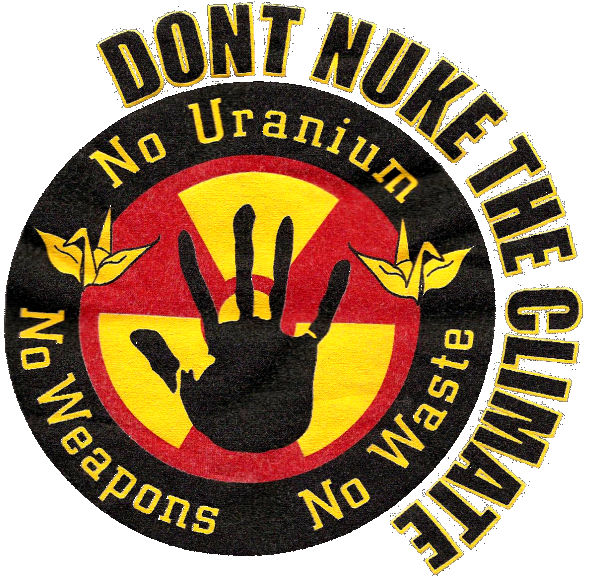No to nuclear power in Britain
 The origin of Britain's civil nuclear programme is closely linked with nuclear weapons. The first reactor - the "Windscale Piles" at Sellafield, began producing plutonium for nuclear weapons 1950. Britain's first commercial reactor - Calder Hall at Sellafield - was a dual-purpose reactor, with the main purpose being the production of plutionum for Britain's nuclear weapons. The same applies to the second commercial reactor at Chapelcross.
The origin of Britain's civil nuclear programme is closely linked with nuclear weapons. The first reactor - the "Windscale Piles" at Sellafield, began producing plutonium for nuclear weapons 1950. Britain's first commercial reactor - Calder Hall at Sellafield - was a dual-purpose reactor, with the main purpose being the production of plutionum for Britain's nuclear weapons. The same applies to the second commercial reactor at Chapelcross.
Later reactors were primarily built for the production of electricity, and in April 1995 the UK Government announced that all production of plutonium for weapons purposes had ceased.
At its peak in 1997, about 26% of Britain's electricity was generated by nuclear power. This has now gone down to less than 20%, and only 16% in 2009.
At present, the government wants to build new nuclear power stations at eight sites - all of which are existing nuclear sites. However, opposition to nuclear power is again growing. This website provides information for the growing anti nuclear power movement in Britain, with a special focus on nonviolent direct action against nuclear power.
This map gives an overview of nuclear power stations in Britain.
